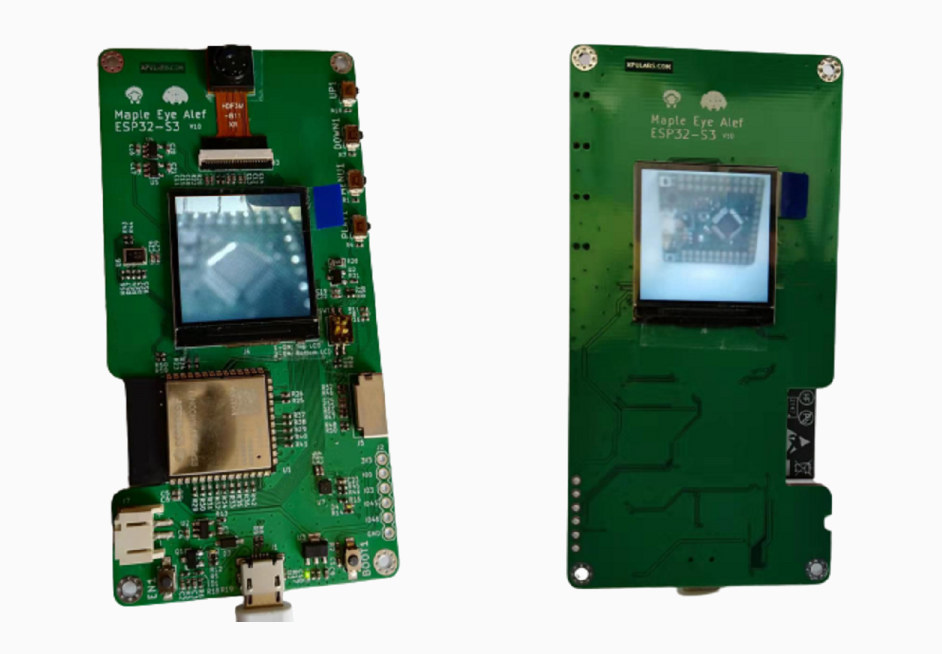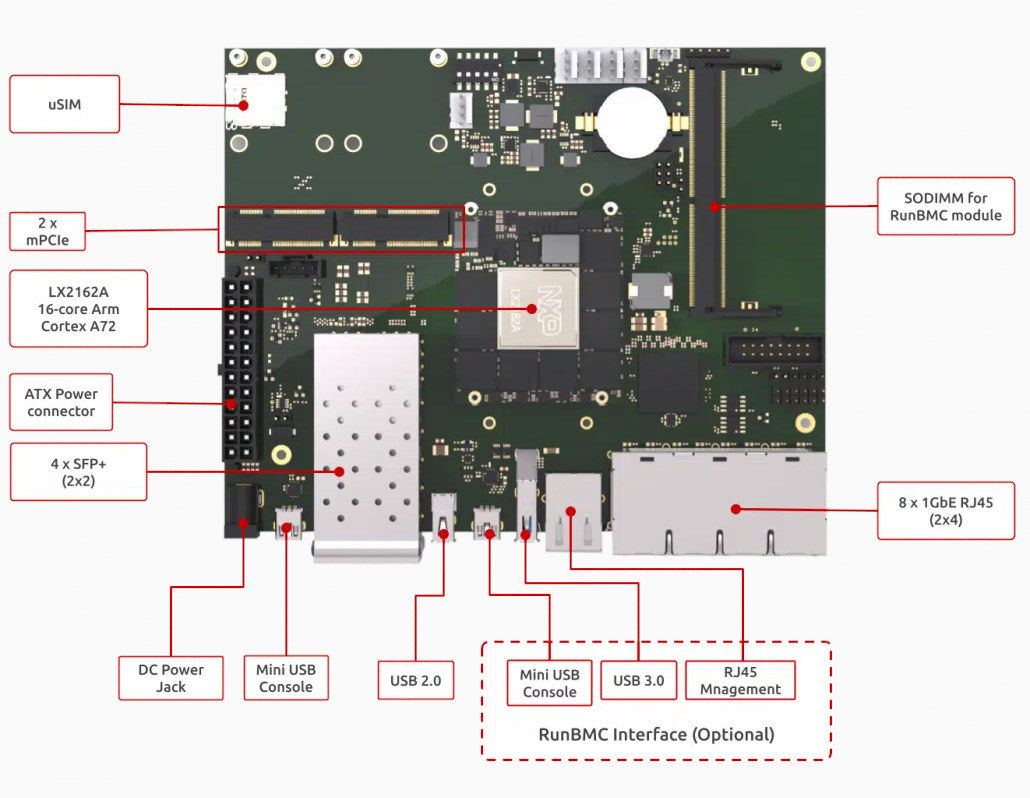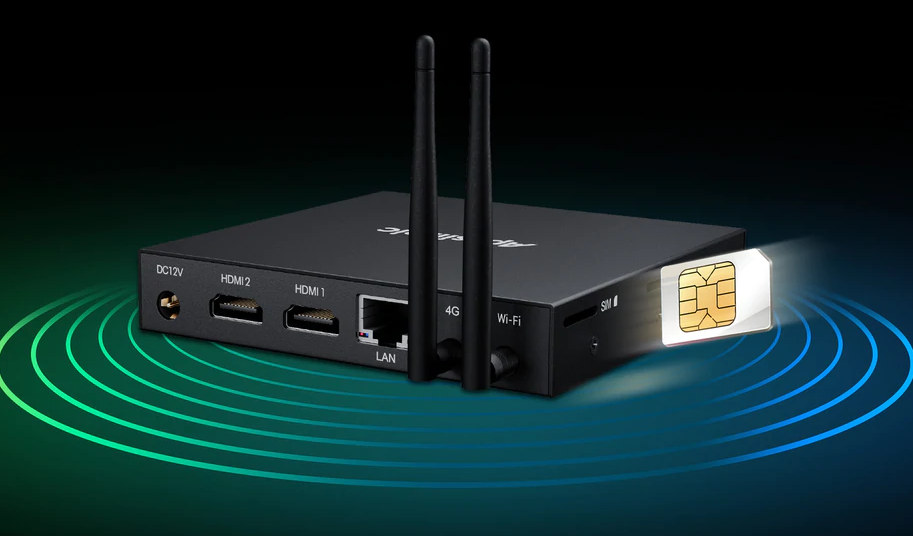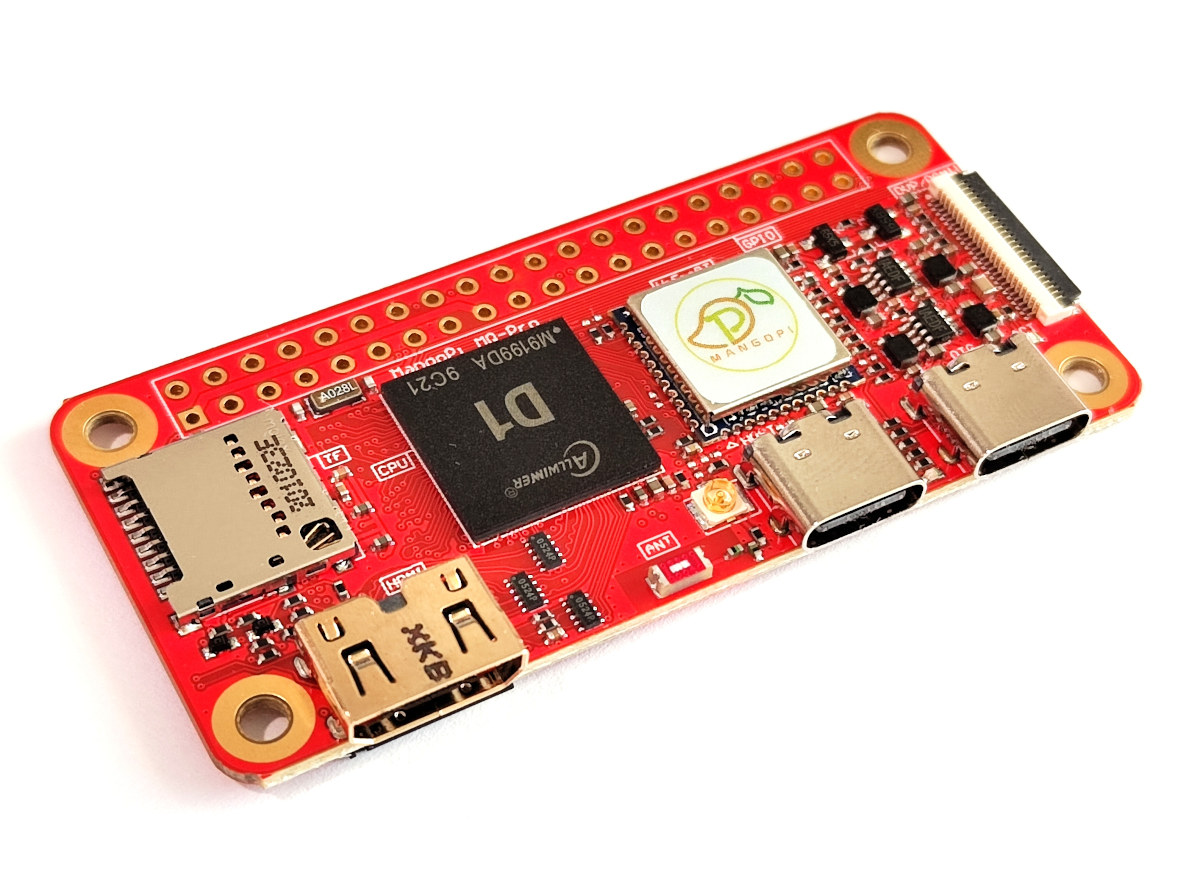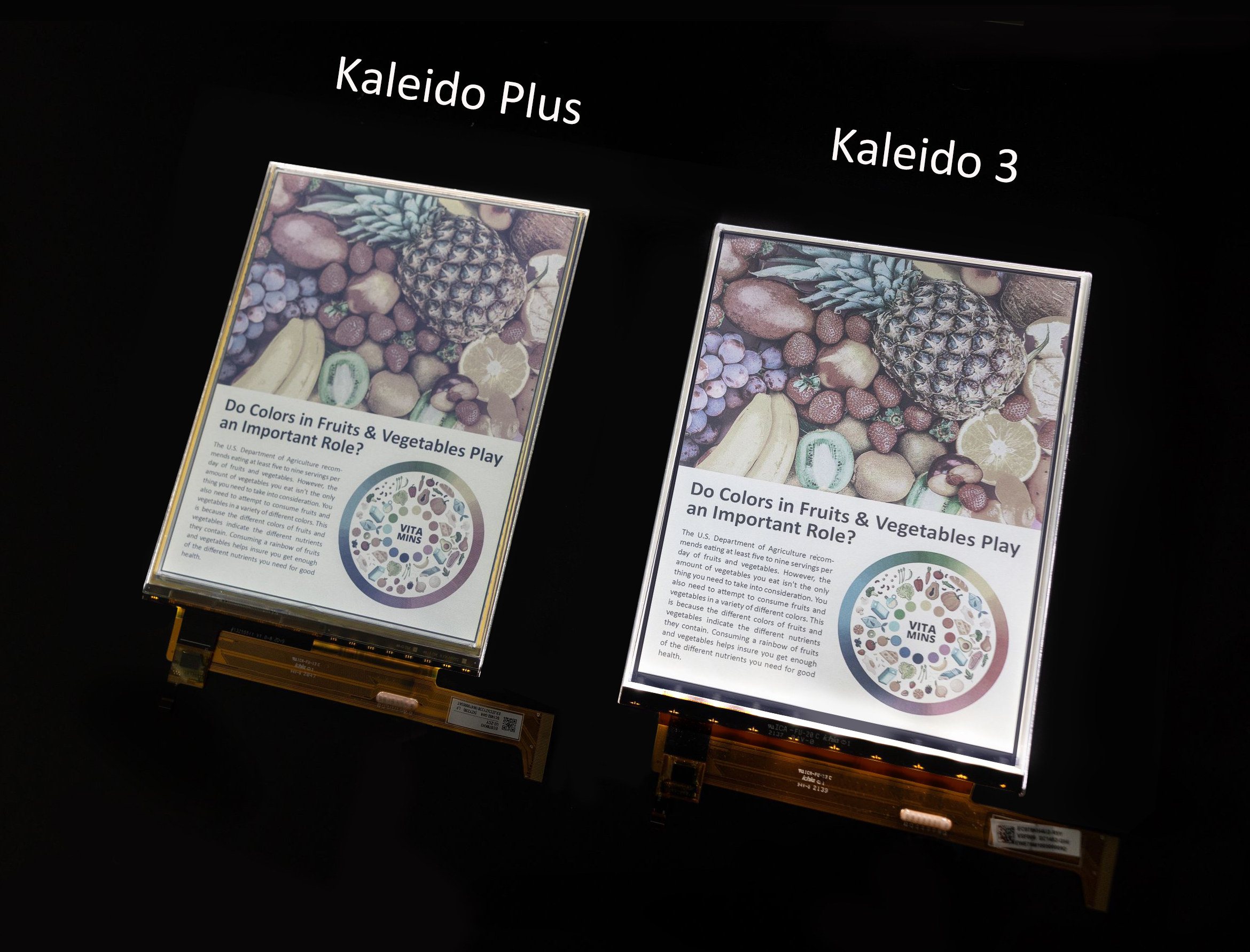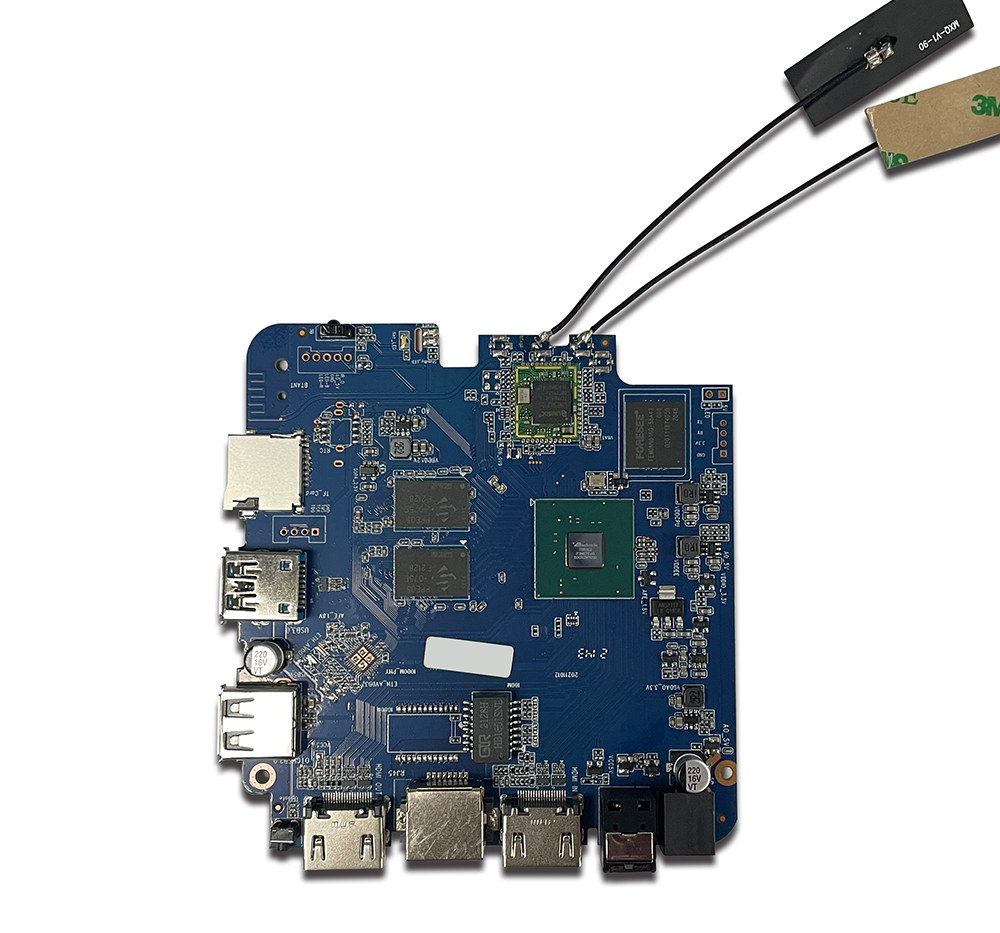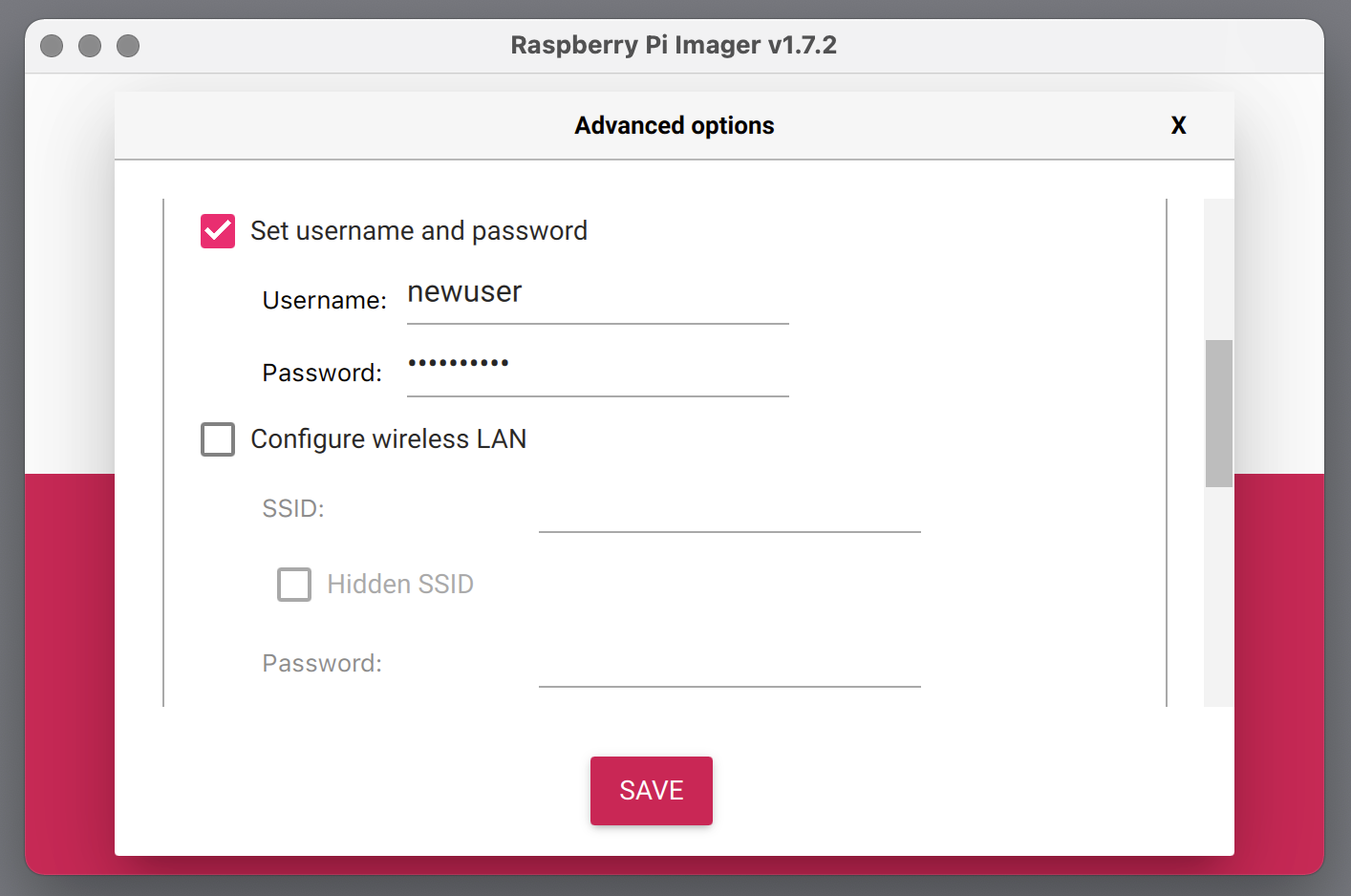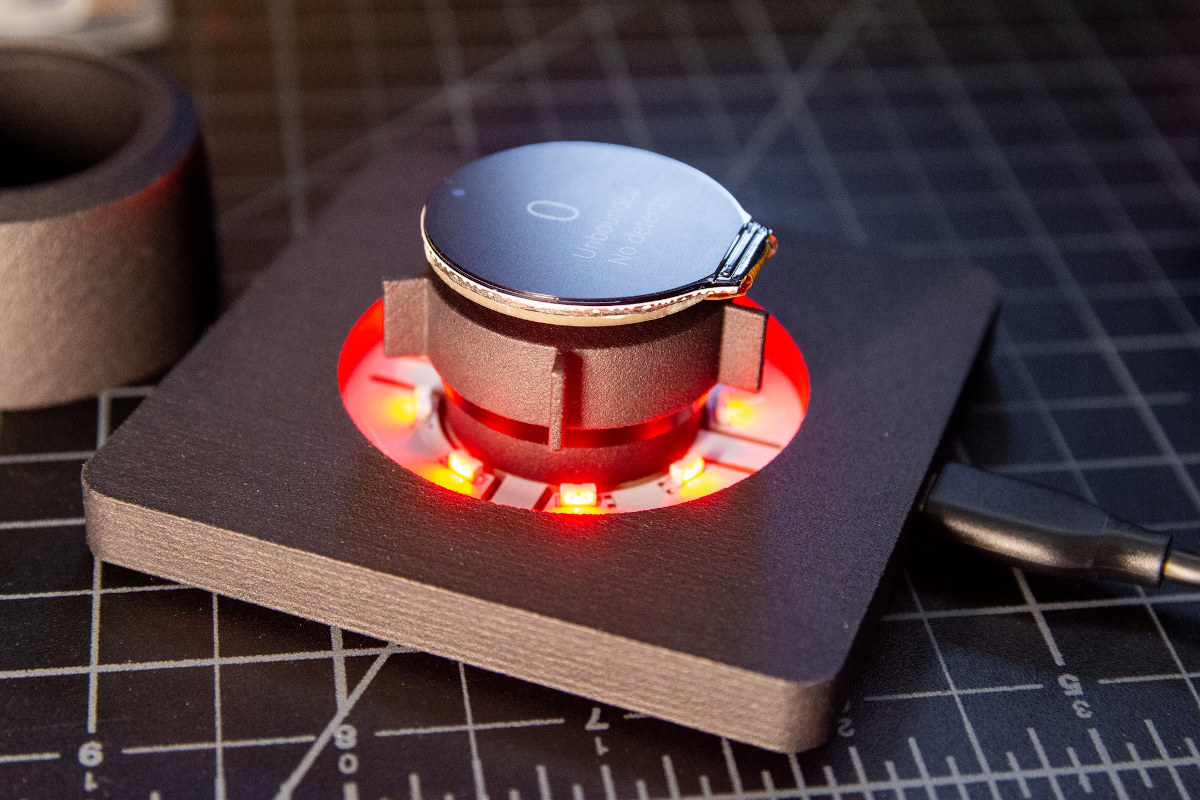AnalogLamb Maple Eye ESP32-S3 is a WiFi and Bluetooth connected board based on ESP32-S3 dual-core Xtensa LX7 microcontroller and equipped with one 2MP camera, one microphone, and two LCD displays placed on each side of the board. Those features, plus 8MB of flash and an 8 MB Octal PSRAM, allow the board to make good use of ESP32-S3 AI instructions through the ESP-DL library found in ESP-WHO framework in order to speed up face detection and recognition algorithms, or for audio processing. Maple Eye ESP32-S3 specifications: Wireless module – ESP32-S3-WROOM-1 module with ESP32-S3 dual-core Xtensa LX7 processor @ up to 240 MHz integrating vector instructions for AI acceleration, 512 KB SRAM, 8MB PSRAM & 8MB Octal SPI Flash Storage – MicroSD card interface Displays – 2x 1.3-inch TFT LCD displays, selectable by switch Camera – 2MP OV2640 camera Audio – Digital microphone for VAD (voice activity detection) & ASR (automatic […]
SolidRun launches 16-core LX2162A LX2-Lite SOM and ClearFog LX2-Lite development board
SolidRun has launched the LX2-Lite SOM based on NXP Layerscape LX2-Lite SoC with up to 16 Arm Cortex-A72 cores, together with ClearFog LX2-Lite development platform equipped with two SFP28 cages up to 25Gbps each, two SFP+ cage up to 10Gbps each, and eight Gigabit Ethernet RJ45 ports for networking applications. With a footprint measuring just 58 x 48mm, or about 25% the size of a standard COM Express 7 module, the company claims the LX2-Lite Mini SOM, based on LX2162A, is the smallest 16-core SOM platform in the world, and the module and development board target high-performance SD-WAN, network security, and industrial control solutions. SolidRun LX2-Lite SOM Specifications: SoC (one of the other) NXP Layerscape LX2082A with 8x Cortex A72 cores @ 2.0 GHz NXP Layerscape LX2122A with 12x Cortex A72 cores @ 2.0 GHz NXP Layerscape LX2162A with 16x Cortex A72 cores @ 2.0 GHz System Memory – Up […]
Apcsilmic Dot 1 – A Windows 11 Arm mini PC powered by Snapdragon 7c SoC
Apcsilmic Dot 1 is an affordable Snapdragon 7c powered Windows 11 Arm Mini PC that offers an alternative to ECS LIVA Mini Box QC710 Desktop Snapdragon 7c developer kit with extra features and resources. The Dot 1 mini PC comes with up to 8GB RAM, up to 256GB storage, dual HDMI output, as well as optional 4G LTE connectivity. It’s also thinner and remains fanless. Apcsilmic Dot 1 Mini PC specifications: SoC – Qualcomm Snapdragon SC7180 (Snapdragon 7c) with octa-core Qualcomm Kryo 468 (2x Cortex-A76, 6x Cortex-A55) CPU @ up to 2.4 GHz, Adreno 618 GPU Memory & Storage options 4GB RAM + 64GB storage 6GB RAM + 128GB storage 8GB RAM + 256GB storage MicroSD card on all variants Video Output – 2x HDMI ports up to 2K resolution (2560×1440) Audio – 3.5mm MIC jack, 3.5mm stereo audio jack Networking 10/100M Ethernet Dual-band WiFi 5, Bluetooth 5.1 with SMA […]
MangoPi MQ Pro – A $20 RISC-V alternative to Raspberry Pi Zero W
MangoPi MQ Pro is an Allwinner D1 RISC-V SBC that offers an alternative to Raspberry Pi Zero W with the same form factor, and most of the same features including WiFi and Bluetooth connectivity The board has been in the works for several months, but the MangoPi MQ Pro board can now be purchased for around $20 on Taobao with 512MB RAM, and I’d expect it to show up on Aliexpress and/or Seeed Studio within the next few weeks. MangoPi MQ Pro specifications: SoC – Allwinner D1 C906 RISC-V processor @ up to 1GHz with HiFi4 DSP, G2D 2D graphics accelerator System Memory – 512MB or 1GB DDR3L Storage – MicroSD card socket Display – mini HDMI 1.4 port up to 1080p60 or 4Kp30, 20-pin MIPI DSI, CTP, LVDS FPC connector Camera I/F – 24-pin DVP/RGMII connector Audio – Audio out pads Networking 2.4Ghz 802.11b/g/n WiFi 4 and Bluetooth 4.2 […]
E Ink Kaleido 3 color e-paper display increases color saturation by 30 percent, reduces blue light reflections
E Ink’s latest Kaleido 3 color ePaper display increases color saturation by 30 percent compared to the earlier Kaleido Plus color e-paper display, integrates E Ink ComfortGaze new front light technology engineered to reduce the amount of blue light reflected off the surface of the display, in order to provide further comfort while reading. The new modules based on Kaleido 3 will be offered in various panel sizes including 7.8-inch, 10.3-inch, and 13.3-inch, support up to 16 levels of grayscale and 4096 colors, and target eReaders and eNote devices. E Ink explains that Kaleido 3 relies on the company’s Print Color ePaper technology, “where a color filter array (CFA) is used in conjunction with E Ink’s Carta black and white ink film, creating a full-color device for a more fully realized eBook shopping and reading experience”. As I understand it that part has not changed, and it’s just the same […]
Amlogic T962E2 quad-core Cortex-A55 TV box board supports 4K HDMI input & output
Amlogic T962E2 is an upgrade to the Amlogic T962E quad-core Cortex-A53 SoC we first found in the Alfawise H96 Mini TV box with both HDMI output and HDMI input ports. The new processor offers similar features but comes with more efficient Cortex-A55 cores, a Mali-G31 MP2 supporting modern Vulkan and OpenGL ES 3.2 APIs, and some other improvements including 4K AV1 video playback. While mostly designed for Smart TVs, I found the Amlogic T962E processor in a TV box board with up to 4GB RAM, 32GB eMMC flash, HDMI 2.1 output, HDMI 2.1 input, Gigabit Ethernet, a wireless module, and allegedly running either Android 8, Android 9, or Android TV. TV box boards specifications: SoC – Amlogic T962E2 quad-core Arm Cortex-A55 processor @ up to 2.0 GHz with Arm Mali-G31 MP2 GPU support OpenGL ES 3.2, Vulkan 1.1 and OpenCL 2.0, 1.2 TOPS AI accelerator, 2x HiFi4 DSP System Memory […]
Raspberry Pi OS removes default “Pi” username, adds experimental support for Wayland
The Raspberry Pi Foundation has just released a new version of Raspberry Pi OS that removes the default username (pi) for security reasons, adds experimental support for Wayland, and lets people configure their Raspberry Pi with Bluetooth keyboard and mouse. Default username no more The most significant change in the new Raspberry Pi OS is the removal of the default “pi” user as several countries have legislation against default credentials for security reasons. That includes the Product Security and Telecommunications Infrastructure Bill (PSTI) in the UK, and California’s SB-327 IoT devices security law. Those laws mostly target default passwords, but removing a default username can be useful too to prevent force brute attacks. One consequence of removing the default username is that you won’t be able to skip the wizard in both the Desktop and Lite versions of Raspberry Pi OS since a new user needs to be created first. […]
SmartKnob View is a DIY haptic input knob with WiFi and Bluetooth connectivity
Soon after writing about RoenDi rotary encoder with a built-in color display, readers pointed me to SmartKnob View, a similar-looking project but featuring an ESP32 module for WiFi and Bluetooth connectivity, plus software-configurable end-stops and virtual detents. The latter is enabled through a brushless gimbal motor paired with a magnetic encoder to provide closed-loop torque feedback control. Just like RoenDi, SmartKnob View comes with a 240×240 round color display but adds tactile feedback so you can change the menu when pressing the display. SmartKnob View specifications: Wireless module – LilyGO Tmicro32 Plys based on ESP32-PICO-V3-02 WiFi and Bluetooth LE SoC (May be changed to ESP32-S3-MINI-1 to enable USB HID support, once Arduino core supports it) Display – GC9A01 1.28-inch 240×240 round LCD covered by a 39.5mm watch glass on rotor Motor – BLDC gimbal motor, with a hollow shaft for mechanically & electrically connecting the LCD USB – 1x USB […]


